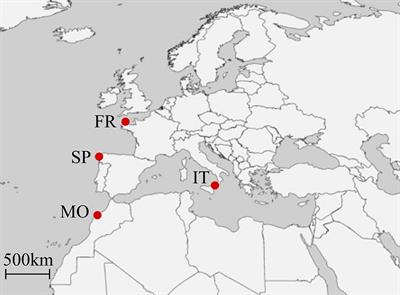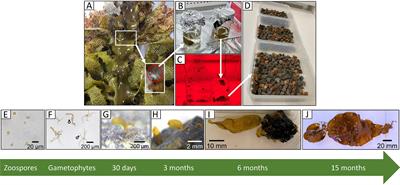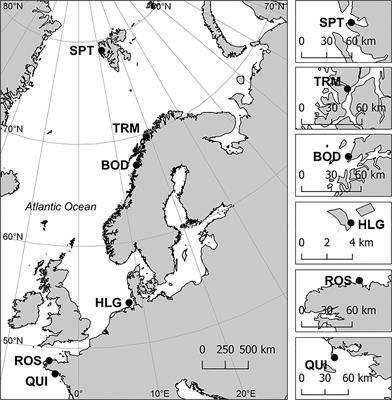EDITORIAL
Published on 17 Jan 2023
Editorial: Opening the black box of kelps: Response of early life stages to anthropogenic stressors
doi 10.3389/fmars.2022.1133857
- 633 views
- 3 citations
5,901
Total downloads
32k
Total views and downloads
You will be redirected to our submission process.
EDITORIAL
Published on 17 Jan 2023
ORIGINAL RESEARCH
Published on 26 Sep 2022

ORIGINAL RESEARCH
Published on 12 Sep 2022

ORIGINAL RESEARCH
Published on 22 Jul 2022

ORIGINAL RESEARCH
Published on 17 Jun 2022

REVIEW
Published on 29 Apr 2022
ORIGINAL RESEARCH
Published on 20 Apr 2022

ORIGINAL RESEARCH
Published on 19 Apr 2022

ORIGINAL RESEARCH
Published on 10 Mar 2022

